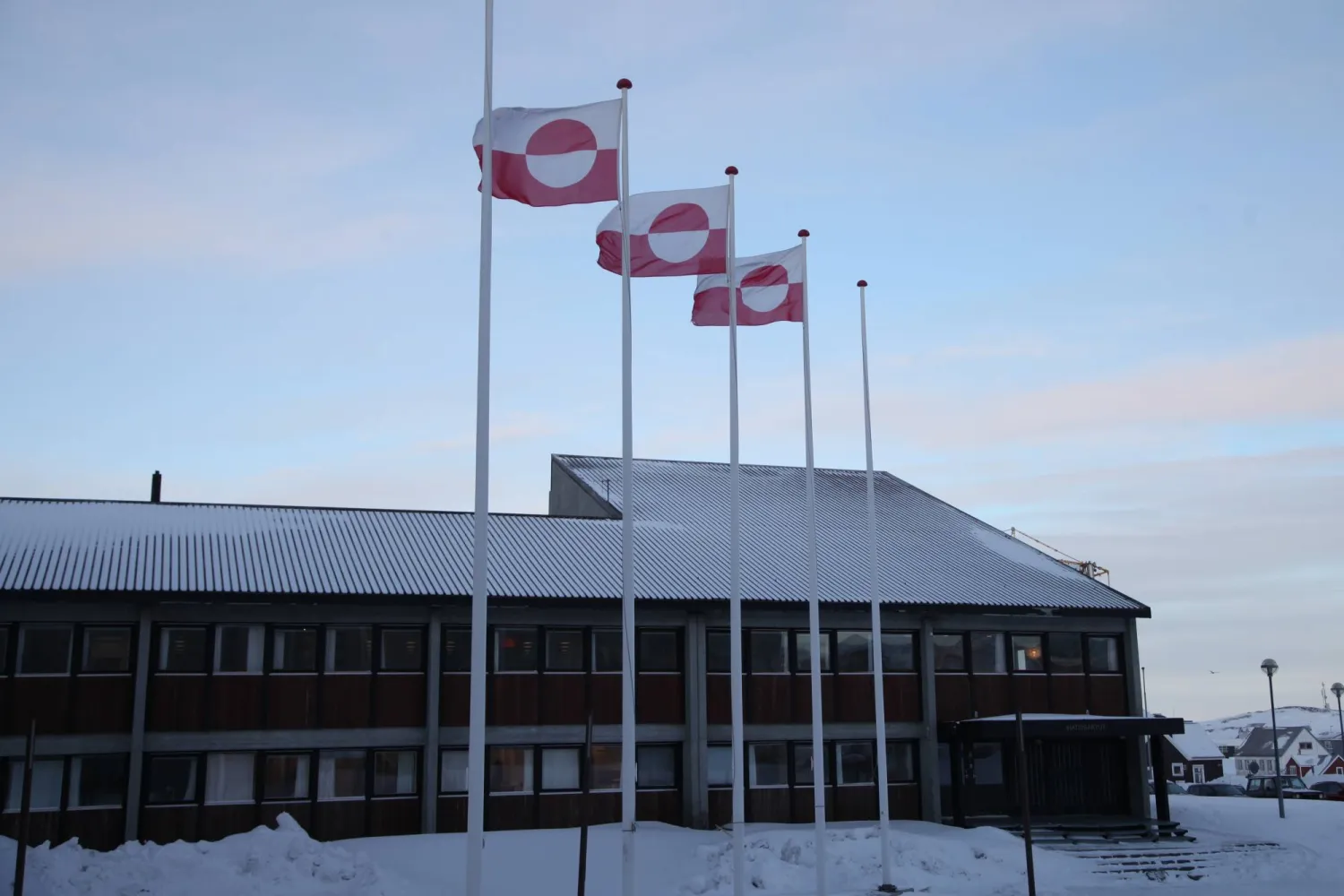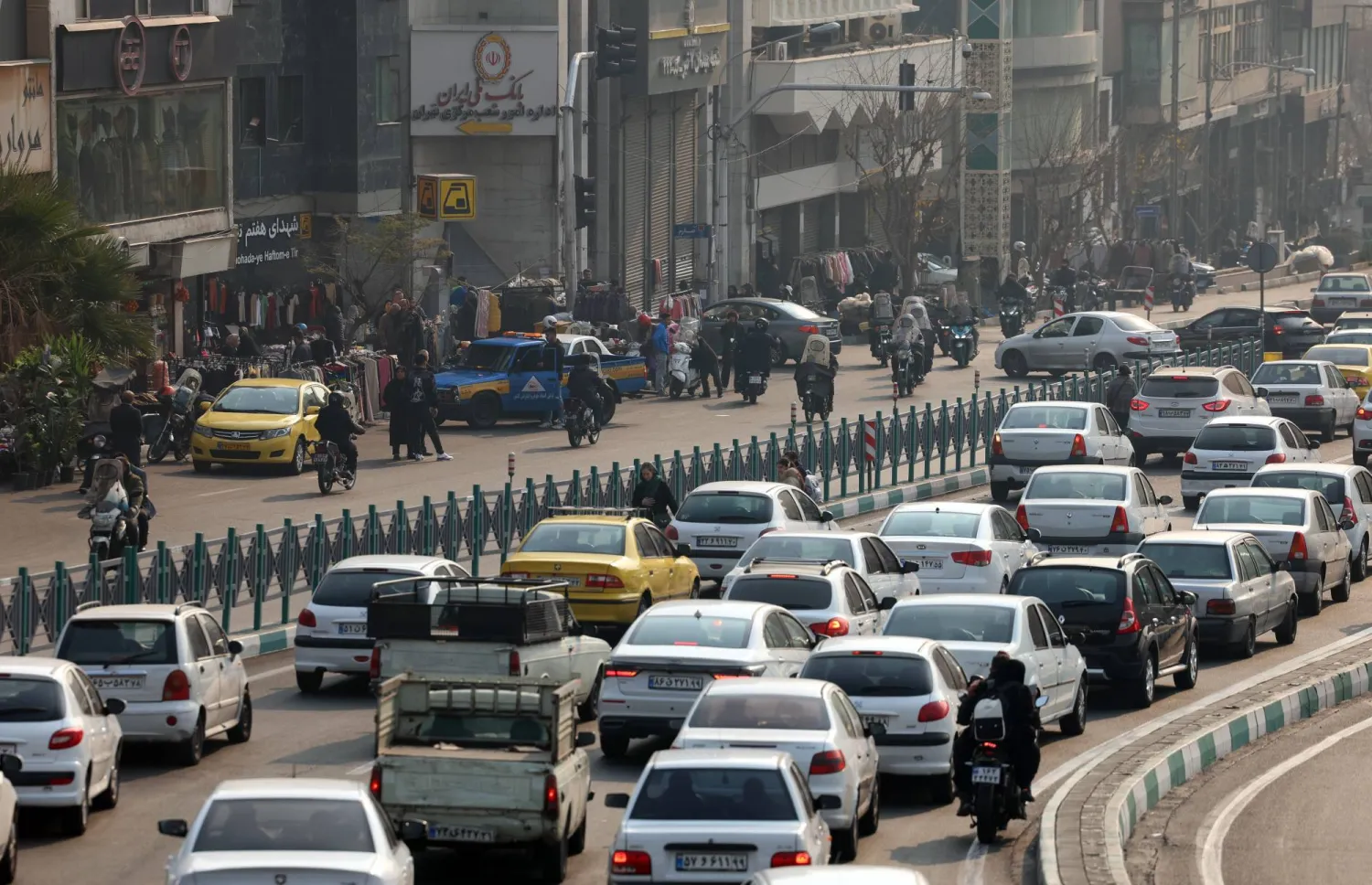Syria had inherited a role often played by Lebanon. It has become a “mailbox” for Iran and Israel to exchange messages, under Russian and American cover. Syria, which often exchanged “messages” with Israel, through Lebanon under American and Soviet cover, is now an open ground for other major powers to deal blows and score points.
Hezbollah’s announcement in recent days of the killing of one of its members in an Israeli raid on Syria is most significant. It marked the first time the Iran-backed Lebanese party acknowledges the killing of one of its fighters in neighboring Syria. The acknowledgement is understood as a sign that the party was paving the way for a possible retaliation against Israel. This is backed by party chief Hassan Nasrallah’s previous vows that the killing of any Hezbollah operative in Syria will not take place without a response.
The question is, where will that be?
When Jihad, the son of prominent Hezbollah operative Imad Mughnieh, was killed in an Israeli strike on the Golan Heights in 2015, the escalation in the Israeli-occupied Shebaa Farms was “limited and part of a prior agreement.” When Israeli jets violated airspace over Beirut’s southern suburbs last summer, the retaliation, which took place in southern Lebanon, was also limited.
It is clear now that Hezbollah and the Israeli army have been making the military preparations and were on military alert for a possible escalation in southern Lebanon. The retaliation may take place within the “rules of the game” that were drawn up after the July 2006 war and the issuance of United Nations Security Council resolution 1701. There are signs however, that the escalation may take place in Syria.
Furthermore, economic experts are unanimous in agreeing that any largescale military confrontation would be the deal the death blow to the Lebanese economy. French Foreign Minister Jean-Yves Le Drian, in a visit to Lebanon this week, warned that the country was teetering on the edge of the “abyss”.
Militarily, the United States has joined the chorus of sending messages. Last week, US Central Command chief General Kenneth McKenzie warned: “I think it would be a great mistake for Hezbollah to try to carry out operations against Israel. I can’t see that having a good ending.” This warning was followed up by a surprise visit by US Chairman of the Joint Chiefs of Staff Mark Milley to Tel Aviv on Friday where he held talks on “regional security challenges” in what was understood as a reference to Iran and Hezbollah.
Amid all this, the nuclear aircraft carrier, USS Dwight D. Eisenhower, and 12 other warships have arrived in the Mediterranean off the coasts of Lebanon and Syria. The planes on board the aircraft carrier will conduct exercises with the Greek Air Force.
In wake of these tensions, two significant developments took place: The first was the Iranian Mahan Air plane’s flying over the American al-Tanf base in eastern Syria. This was seen as an Iranian test to the US. The response was an American F-15 jet flying very close to the aircraft. The second was Israeli helicopters’ targeting earlier this week of three outposts in the Quneitra area of southwest Syria with anti-tank guided missiles, causing two injuries and some fires.
As the US elections draw near, Iran is counting down the days for the end of President Donald Trump’s time in the White House. It is doing its utmost to ensure that he is not reelected. Israel, on the other hand, is increasing its military operations in Syria in order to weaken Iran’s presence and see that it steers clear of the Syrian border. It is also carrying out intelligence and military operations in Iran to delay and obstruct its nuclear program.
Iran, which was hasty in pointing blame at Israel over the Mahan Air incident, has chosen to move the battle from its territories to the Syrian “mailbox”. Israel and Hezbollah may also choose Syria as the backdrop for their confrontation. Some sides in Damascus may also be seeking such an option in order to join the regional game and settle some scores in the countdown to the American elections.
As for Russia, it appears that it holds say in tilting developments in Syria in its favor. At the moment, it is speaking out loudly against “American occupation” and “unilateral western sanctions” on Damascus. It has however, remained silent over the Israeli strikes against Iran.
Moscow, which wants to hold final say in Syria, was never comfortable with Tehran’s supplying of Damascus with expertise and the S-200 missile defense system. Russia, which became involved in Syria in 2015, still holds the keys to the advanced S-300 and S-400 systems. Moreover, the recent strikes on Iranian positions in Syria took place after Russian-Israeli “coordination” talks. Furthermore, Russian officers at the Hmeimin airbase have been deploying forces loyal to them in southern Syria where they are coming closer to positions that are held by pro-Iran forces. They may even come near the town of al-Hadr, the Hezbollah and Iranian stronghold near Quneitra.
There is no doubt that the final months of Trump’s term will be filled with fiery messages and booby-trapped packages that will be delivered to Syria by Iran and Israel. This will only complicate the mission of Russia, the mail carrier, in setting straight conflicting interests, which are growing more and more complicated and edging close to implosion.









